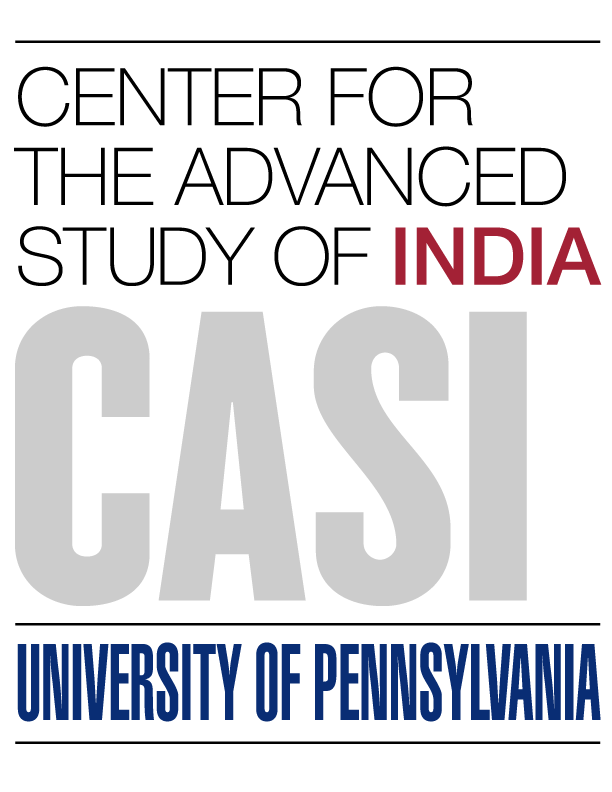Badla and the Curious Popularity of Single-Stock Futures in India
In 1993, shortly after the discovery of the largest scam in the history of the Indian capital markets, the Securities Exchange Board of India (SEBI) banned the use of badla. The badla mechanism, which allowed trades to be carried forward without settlement, based on borrowed shares or cash, had already attracted criticism from such disparate sources as the International Finance Commission and the then-esteemed firm of Arthur Andersen.










